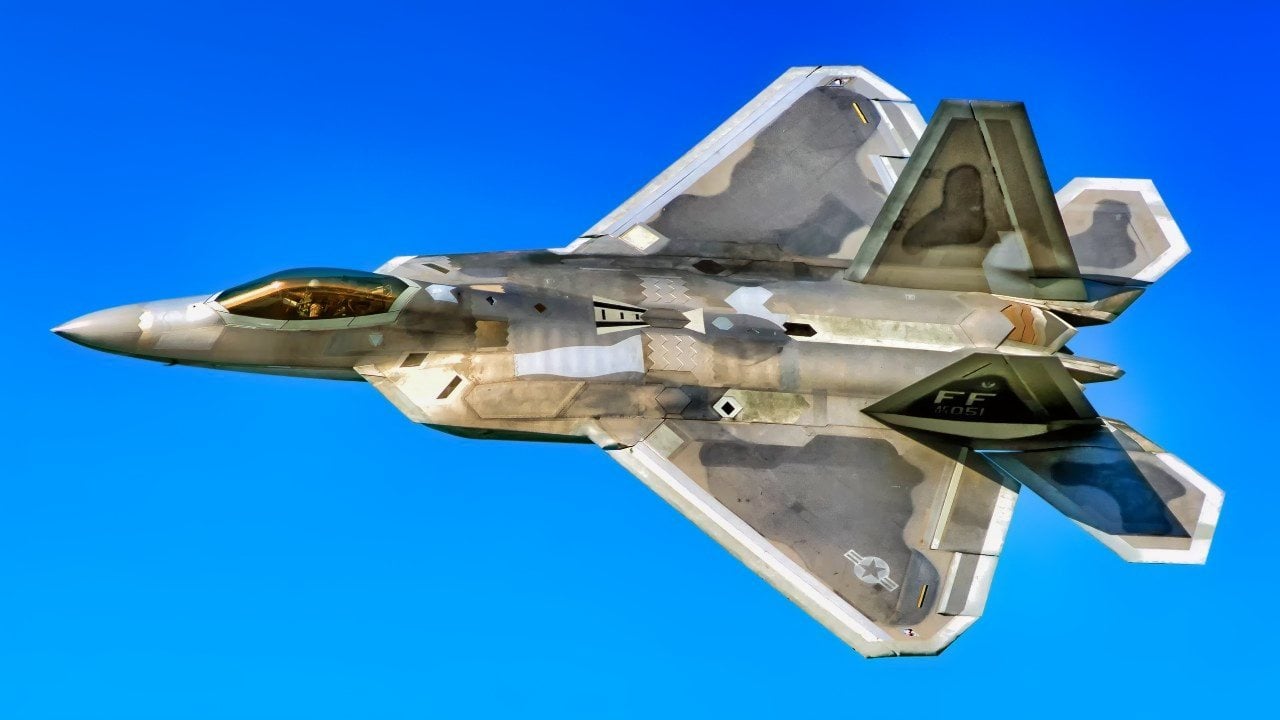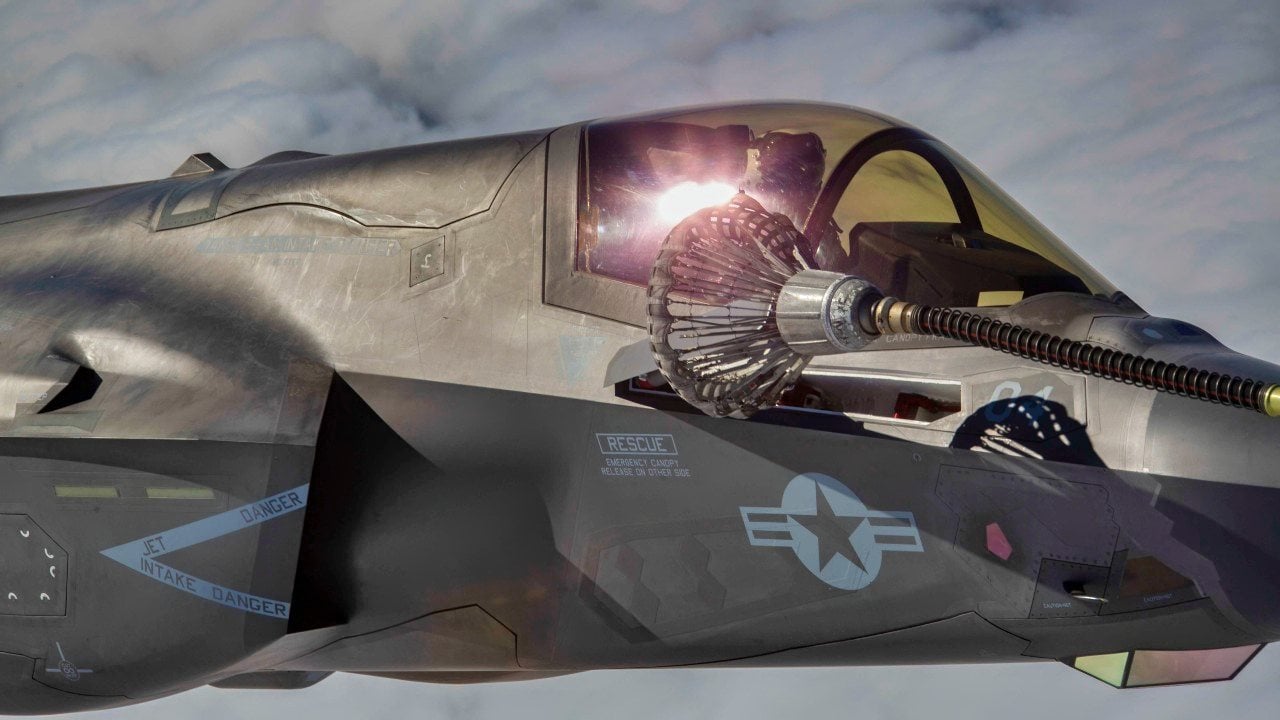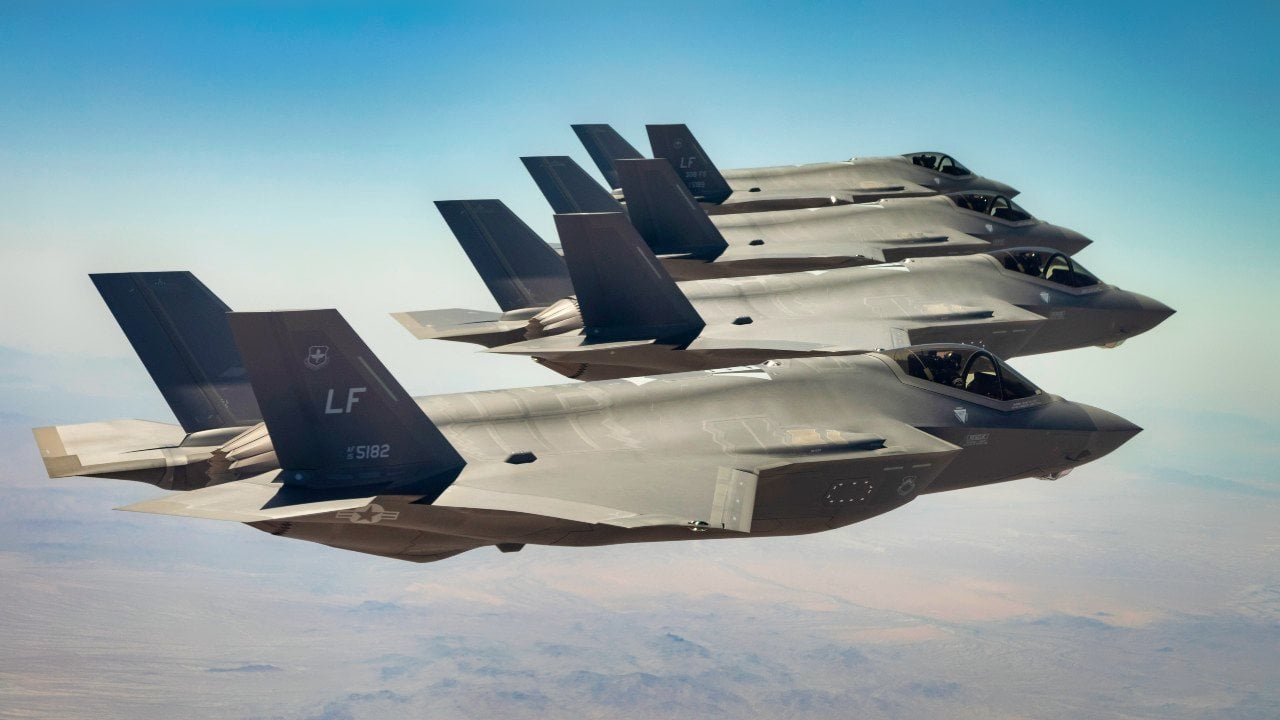F-22 Raptor vs. F-35 Lightning II: The Ultimate Fighter Jet Battle
The U.S. Air Force's F-22 Raptor and F-35 Lightning II, both fifth-generation stealth fighters, serve distinct roles. The F-22 excels in air superiority with superior speed and maneuverability, while the F-35 is a versatile, multi-role platform with advanced data integration and diverse munitions capabilities.
F-22 vs. F-35 - The Key Points and Summary
The U.S. Air Force's F-22 Raptor and F-35 Lightning II, both fifth-generation stealth fighters, serve distinct roles. The F-22 excels in air superiority with superior speed and maneuverability, while the F-35 is a versatile, multi-role platform with advanced data integration and diverse munitions capabilities. The F-22's unmatched stealth and aerial combat prowess make it ideal for dogfights, particularly against advanced adversaries like China’s J-20. The F-35, on the other hand, offers lower maintenance costs, easier updates, and broader mission versatility, making it a crucial asset in modern, integrated combat scenarios.

F-22 or F-35: Deciding the Future of U.S. Air Superiority
Both are fifth-generation stealth fighters. The F-22 is older and will eventually be replaced by the Next-generation Air Dominance Fighter (NGAD). The F-35 is popular on the export market with numerous partners and buyers. The F-22 is banned from foreign military sales. The F-35 can dogfight, but it was not originally designed to be an air superiority fighter compared to the F-22. Let’s examine how these fighters compare and contrast.
I’m leaning toward the F-35 before writing this article, but I might change my mind by the end.
F-22 and F-35 Have Different Roles
Former Air Force Chief of Staff General Mark Welsh told Defense News that the F-35 "was never designed to be the next dog fighting machine. It was designed to be the multipurpose, data-integration platform that could do all kinds of things in the air-to-ground arena. It had an air-to-air capability, but it was not intended to be an air-superiority fighter. That was the F-22.”
F-22 Is Better at Aerial Combat
The F-22 is faster than the F-35 – MACH 2.2 versus MACH 1.6 for the Lightning II. The F-22 is 30 percent heavier, but it may be more maneuverable due to its Pratt & Whitney F119 engines providing more thrust (70,000 pounds) than the single Pratt & Whitney F-135 engine on the F-35. The F119 engine’s thrust vectoring also may give the Raptor an edge in aerial combat with a higher thrust-to-weight ratio.

F-35 Is More Modernized Than F-22
But the F-35 has other advantages. It requires less maintenance and lower costs to keep in the air. It has the capability of receiving timely software updates and is believed to serve as a computer in the air.
Different Weapons Load-out
The F-35 has a better capability concerning weapons. Military Watch Magazine went into further detail on the F-35’s multi-role characteristics. “As the F-22 is a specialized air superiority platform, it also lacks the ability to carry medium-sized or heavy air-to-ground munitions such as the AGM-154 [Joint Stand-off Weapon] internally. As a result, the F-22 has no nuclear strike, anti-shipping, anti-radiation, or standoff air-to-ground capabilities while the more versatile F-35 is perfectly capable of performing in all of these roles.”
But the F-22 Can Accomplish some Air to Ground Attacks
On the other hand, the F-22 can carry six LAU-142/A launchers for beyond-line-of-sight missiles. The other two weapons bays have one LAU-141/A launcher each to fire short and medium-range Sidewinders and AMRAAMs. This gives the Raptor an advantage in dogfighting. Ground strike is also possible with precision-guided and unguided bombs.
Enough F-35s for Everyone
Since it has three variants for three different service branches, the F-35 is more versatile and has met the needs of the Air Force, Navy, and Marine Corps. Conventional take-off and landing, vertical take-off and landing, and carrier-based take-off and landing are all possible.

F-35s Have Robust Ordnance
The F-35 can carry weapons internally or externally for ground attack and aerial combat. Notable surface strike munitions are Paveway laser-guided bombs and the future SPEAR-3 land-attack and anti-ship missiles. External hardpoints can carry the JASSM cruise missile.
Compare Stealth Capability
Which airplane has better stealth capability? Both fighters have similar levels of stealthiness with the edge going to the Raptor. The F-35 has “a smaller radar cross-section [compared to non-stealth airplanes] due to alignment of edges, masking engine and turbine, and serration of skin panels,” according to Aero Corner. But the F-22 has a lower radar cross section compared to the F-35.
Who Do You Love?
Both fighters are needed as they are complementary to each other. They are designed for different missions: air superiority for the F-22 and multi-role for the F-35. But which one is preferred for the modern fight? If dogfighting is not needed, and it hasn’t been in the air war over Ukraine, the F-35s ability as a data collector, quarterback in the sky that can fly with drones someday, and ability to deliver stand-off missiles, would give it the advantage. If dogfighting is needed, especially in a conflict with China when the Chinese would send up the J-20 Mighty Dragon stealth fighter, the F-22 is the preferred airplane.
My inclination is to pick the F-35 because it can fly with numerous U.S. allies that have purchased it. It is more configured for being able to interact with unmanned craft and to clear the way for follow-on aircraft such as non-stealth fighters and stealth / conventional bombers. The F-22 is better at going head-to-head against the enemy’s best fighter. The performance of each will depend on the type of aerial battle that the United States engages in during future conflict.
Expert Biography
Dr. Brent M. Eastwood is the author of Humans, Machines, and Data: Future Trends in Warfare. He is an Emerging Threats expert and former U.S. Army Infantry officer. You can follow him on Twitter @BMEastwood. He holds a Ph.D. in Political Science and Foreign Policy/ International Relations.
All images are Creative Commons.


